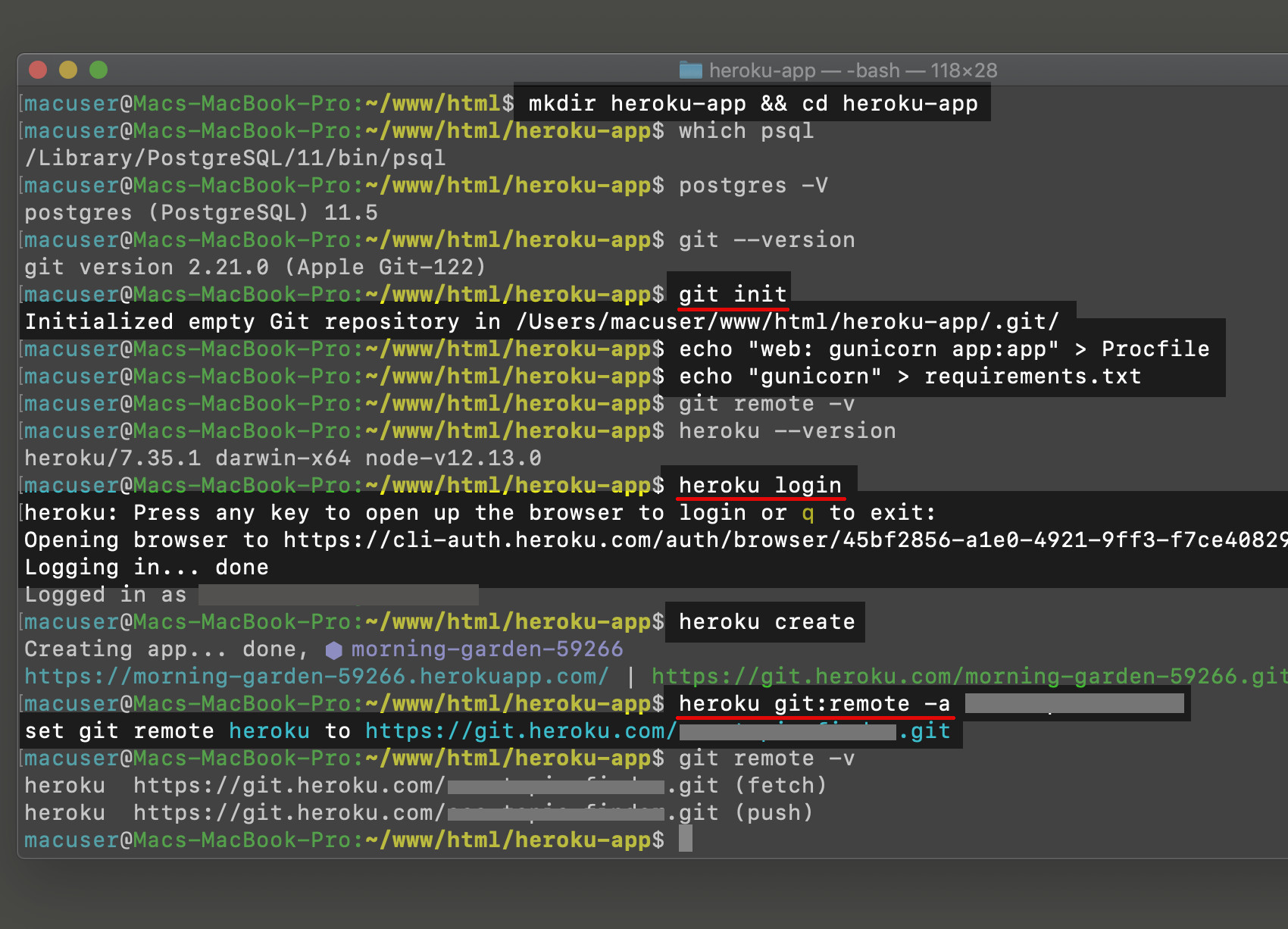
This case, we’ve set the default value ofįinally, note a relationship is defined, usingįoreignKey. Some Field classes have required arguments.ĬharField, for example, requires that you give it aĭatabase schema, but in validation, as we’ll soon see.Ī Field can also have various optional arguments in In thisĮxample, we’ve only defined a human-readable name for Question.pub_date.įor all other fields in this model, the field’s machine-readable name will If this field isn’t provided, Django will use the machine-readable name. In a couple of introspective parts of Django, and it doubles as documentation. You can use an optional first positional argument to aįield to designate a human-readable name. You’ll use this value in your Python code, and your database will use Question_text or pub_date) is the field’s name, in machine-friendlyįormat. Each model has a number of class variables,Įach of which represents a database field in the model.Įach field is represented by an instance of a FieldĬlass – e.g., CharField for character fields andĭateTimeField for datetimes. Here, each model is represented by a class that subclassesĭjango.db.models.Model. CharField ( max_length = 200 ) votes = models. ForeignKey ( Question, on_delete = models. DateTimeField ( 'date published' ) class Choice ( models. CharField ( max_length = 200 ) pub_date = models. To doįrom django.db import models class Question ( models. So we need to create the tables in the database before we can use them. Some of these applications make use of at least one database table, though, These applications are included by default as a convenience for the common case. Apps can be used in multiple projects, and you can package andĭistribute them for use by others in their projects.īy default, INSTALLED_APPS contains the following apps, all of which Holds the names of all Django applications that are activated in this Django While you’re editing mysite/settings.py, set TIME_ZONE toĪlso, note the INSTALLED_APPS setting at the top of the file. If you’re using SQLite, you don’t need to create anything beforehand - theĭatabase file will be created automatically when it is needed. Test database which will be needed in a later Within your database’s interactive prompt.Īlso make sure that the database user provided in mysite/settings.py

Do that with “ CREATE DATABASE database_name ”

If you’re using a database besides SQLite, make sure you’ve created aĭatabase by this point. If you are not using SQLite as your database, additional settings such asįor more details, see the reference documentation for DATABASES. Theĭefault value, BASE_DIR / 'db.sqlite3', will store the file in your
#DOWNLOAD POSTGRES APP FULL#
Should be the full absolute path, including filename, of that file.

If you’re using SQLite, theĭatabase will be a file on your computer in that case, NAME
#DOWNLOAD POSTGRES APP INSTALL#
If you wish to use another database, install the appropriate databaseīindings and change the following keys in theĭATABASES 'default' item to match your database connection More scalable database like PostgreSQL, to avoid database-switching headaches When starting your first real project, however, you may want to use a Included in Python, so you won’t need to install anything else to support yourĭatabase. You’re just interested in trying Django, this is the easiest choice. Module-level variables representing Django settings.īy default, the configuration uses SQLite.


 0 kommentar(er)
0 kommentar(er)
